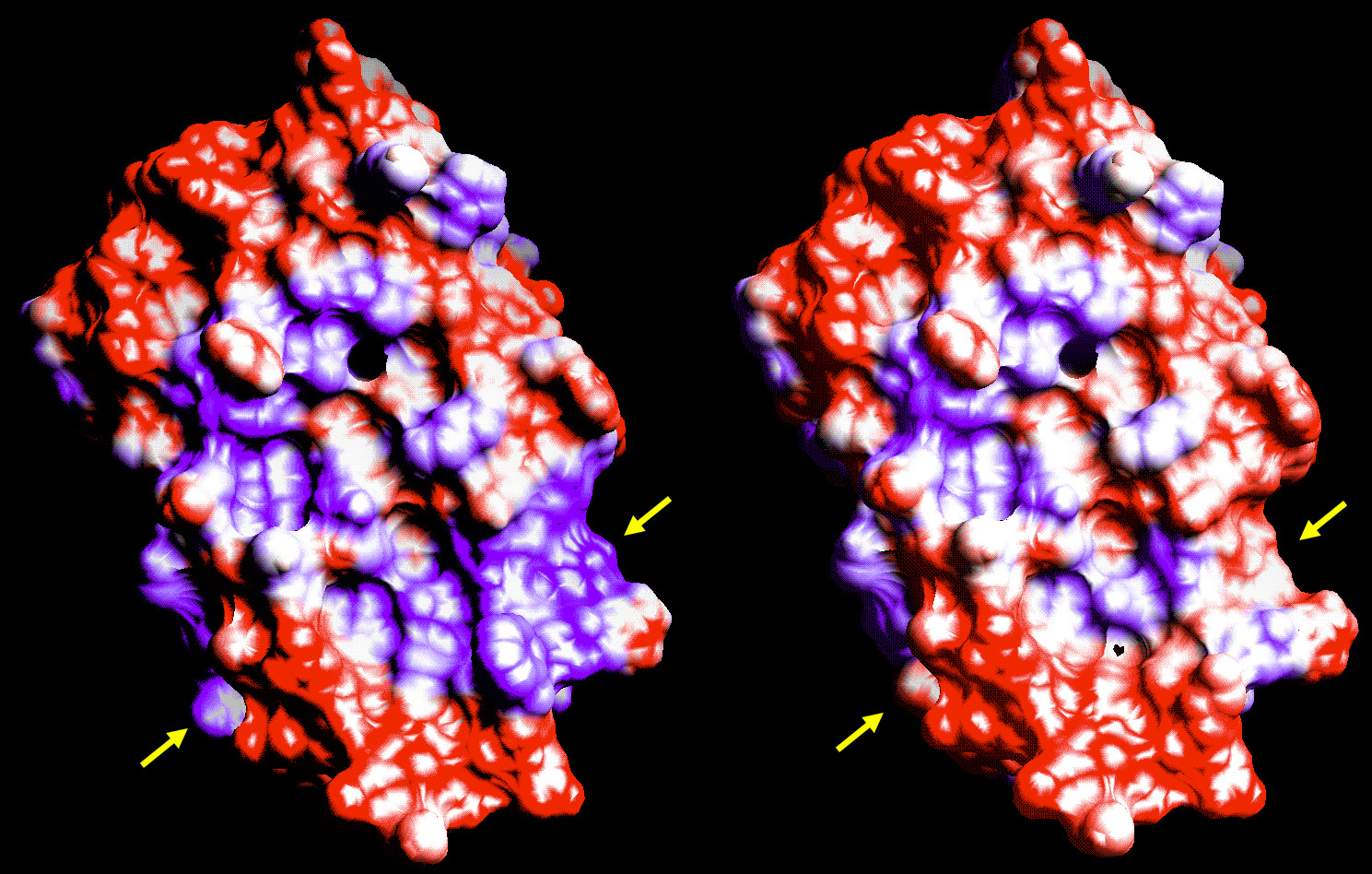Another hope for multiple sclerosis patients
Multiple sclerosis is one of the most common diseases of the central nervous system, treated successfully with the protein Interferon-beta. Researchers at Fraunhofer IGB have developed an improved Interferon-beta with enhanced solubility, bioavailability and pharmacokinetic stability. In June 2003, the US patent was granted, the European patent has been promised recently.

Blurred vision, weak limbs, tingling sensations, unsteadiness and fatigue are the symptoms of one of the most common diseases of the central nervous system, the multiple sclerosis (MS). It is estimated that MS currently affects over 2,500,000 people worldwide. There is new hope for MS patients: The protein Interferon-beta, which is produced in bacterial or mammalian cells by genetic engineering, is being used successfully in the treatment of multiple sclerosis. However, the very high hydrophobicity and thus poor solubility of Interferon-beta, proves to be problematic for the production and clinical efficacy of recombinant human Interferon-beta.
In order to solve this problem, scientists from the German Fraunhofer Institute for Interfacial Engineering and Biotechnology (Fraunhofer-Institut für Grenzflächen- und Bioverfahrenstechnik IGB) designed variants of recombinant human Interferon-beta whose solubility is improved. They replaced the hydrophobic portions of the molecule by soluble ones. This technique is known as hydrophobicity engineering. “Our goal was to reduce clustering between the molecules in order to increase the protein yield and thus pharmacological effectiveness“, says Professor Bernd Otto. “Moreover, the improved hydrophilicity of these modified proteins simplifies their manufacture, transportation, storage and application as a medicinal drug“, Otto specifies further advantages of the improved Interferon-beta.
The researchers’ success becomes outstanding on a global level, as in June 2003 the US Patent and Trademark Office granted a patent on recombinant human beta-interferon with enhanced solubility (United States Patent 6,572,853) caused by the substitution of nine amino acids on its surface. Additionally, the European Patent Office just announced its willingness to grant a patent for the whole of the European states, the German patent has already been granted. The patented variant has been expressed and purified from bacterial (E. coli) as well as mammalian (CHO) cells. In both cases, the variant shows a highly increased pharmacokinetic stability and bioavailability when investigated in animal experiments. For clinical studies, therefore, there is the hope of fewer side-effects and enhanced effectiveness in the therapy of MS. Furthermore, the soluble Interferon-beta will also be suitable for the therapy of other viral and oncological indications. Negotiations with pharmaceutical companies will be intensified.
 Fraunhofer Institute for Interfacial Engineering and Biotechnology IGB
Fraunhofer Institute for Interfacial Engineering and Biotechnology IGB